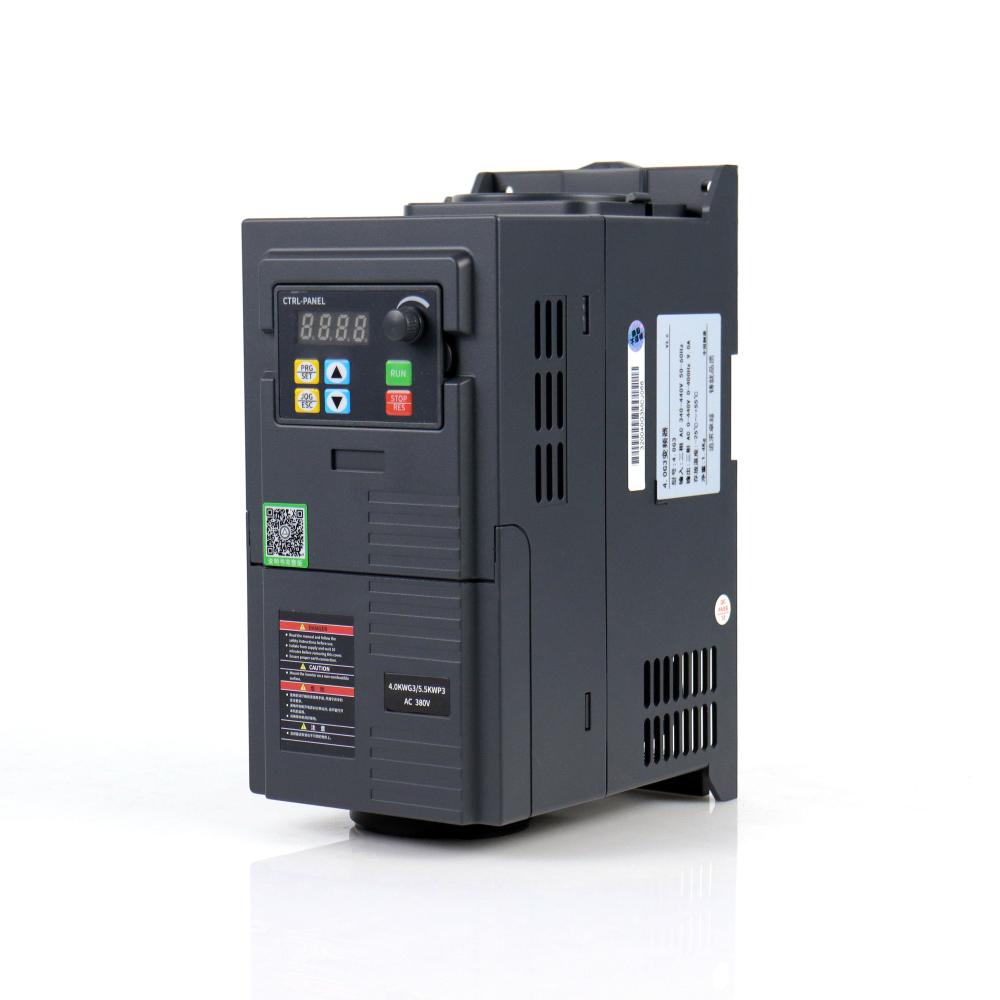Power line communication (Power Line CommunicaTIon, English referred to as PLC) technology refers to a communication method that uses power lines to transmit data and media signals. The technology is to load high frequency carrying information on the current, and then use the wire to transmit the adapter to receive the information and then put the high The frequency is separated from the current and transmitted to a computer or telephone to achieve information transfer. The biggest advantage of this technology is that it does not require re-wiring to carry multiple services such as data voice and video on existing wires. Four-in-one end users only need to plug in the power plug to achieve Internet access to TV channels to receive program calls Or a videophone. Fundamental At the time of transmission, the user data is modulated using modulation technology, the high frequency carrying information is loaded on the current, and then transmitted on the power line; at the receiving end, the modulated signal is first taken out through the filter, and then demodulated, then The original communication signal can be obtained and transmitted to a computer or telephone to achieve information transfer. The PLC equipment is divided into the central office and the modem. The central office is responsible for the communication with the internal PLC modem and the connection with the external network. During communication, the data from the user is modulated by the modem and then transmitted to the central office equipment through the user's distribution line. The central office demodulates the signal and then transfers it to the external Internet. The design concept of the specific power line carrier bidirectional transmission module: a transmission module composed of a modulator, an oscillator, a power amplifier, a T / R steering switch, a coupling circuit, and a demodulator, etc., where the oscillator provides a carrier signal for the modulator . When transmitting data, the signal to be sent is sent from the TXD terminal, modulated by the modulator, and then the modulated signal is sent to the power amplifier stage for amplification, and then the modulated signal is loaded onto the power line through the T / R steering switch and the coupling circuit . When receiving data, the modulated signal sent by the transmitter module enters the demodulator through the coupling circuit and the T / R steering switch. After demodulation by the demodulator, the original signal is extracted and the original signal is sent from the RXD end to the next stage In digital devices. Modulation of power line communication The debugging method that power line communication usually adopts is OFDM, namely. OFDM is a technical measure to ensure stable and complete data transmission in a severe communication environment. The HpmePLUG 1.0 specification covers the communication band of 4-21MHz, and 84 OFDM communication channels are divided in this band. The principle of OFDM is that several communication channels are frequency-divided according to the phase of 90 degrees. The result is that when the waveform of a certain channel crosses the zero point, the waveform of the adjacent channel is exactly the maximum amplitude, which ensures that the waveform between channels It will overlap and crosstalk due to external interference. Network interface for power line communication The commonly used interfaces of power line communication equipment are as follows: RJ-45 interface The RJ-45 interface is the most commonly used interface for Ethernet. RJ-45 is a commonly used name, referring to the standardization by IEC (60) 603-7, using 8 positions (8 pins) defined by the international connector standard Modular jack or plug. USB interface USB (Universal Serial Bus) Universal Serial Bus is a new peripheral interface standard initiated by several major manufacturers such as Intel, Microsoft, Compaq, IBM, and NEC. The transmission speed of USB1.1 is 12Mbps, USB2.0 can reach 480Mbps; the maximum cable length is 5 meters. The USB cable has 4 wires, including 2 signal wires and 2 power wires, which can provide 5 volt power. USB cable is also divided into two types: shielded and unshielded. The transmission speed of shielded cable can reach 12Mbps, which is more expensive. The speed of unshielded cable is 1.5Mbps, but the price is cheap. Ready to use and hot swappable. Frequency Inverters, also known as Variable Frequency Inverters or Variable Speed Drives, are electronic devices that are used to control the speed of an electric motor. They convert the incoming AC power into DC power and then back to AC power at the desired frequency and voltage. These devices are commonly used in industrial and commercial applications to regulate the speed of machines and equipment. Low Power Inverters, on the other hand, are designed for use in smaller applications such as home appliances and small machinery. They are typically less expensive and have a lower power output compared to their industrial counterparts. Overall, Frequency Inverters and Variable Frequency Inverters are essential components in modern industrial and commercial applications, while Low Power Inverters are more commonly used in smaller scale applications. Frequency Inverter,Variable Frequency Inverter,Low Power Inverter,Variable Speed Drive WuXi Spread Electrical Co.,LTD , https://www.vfdspread.com
Frequency Inverter,Variable Frequency Inverter,Low Power Inverter,Variable Speed Drive
